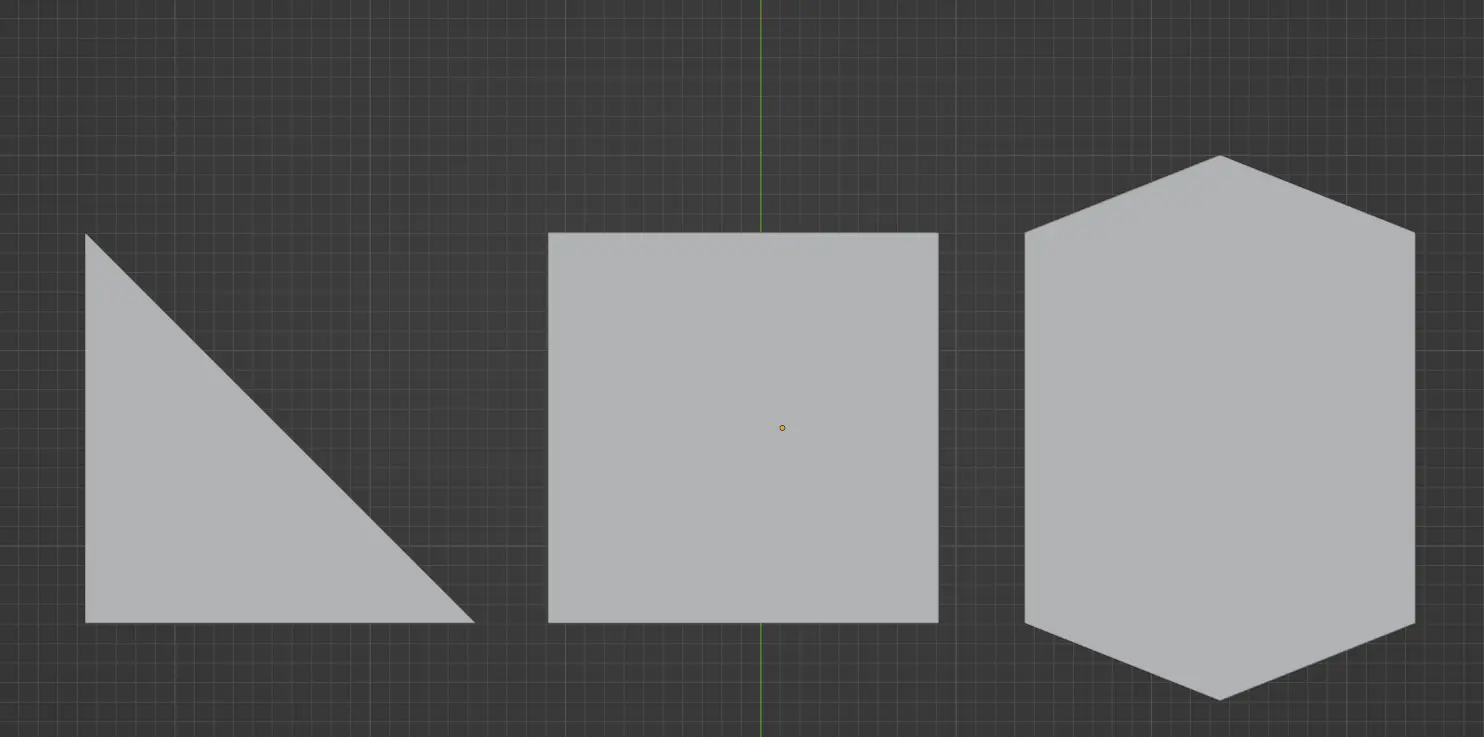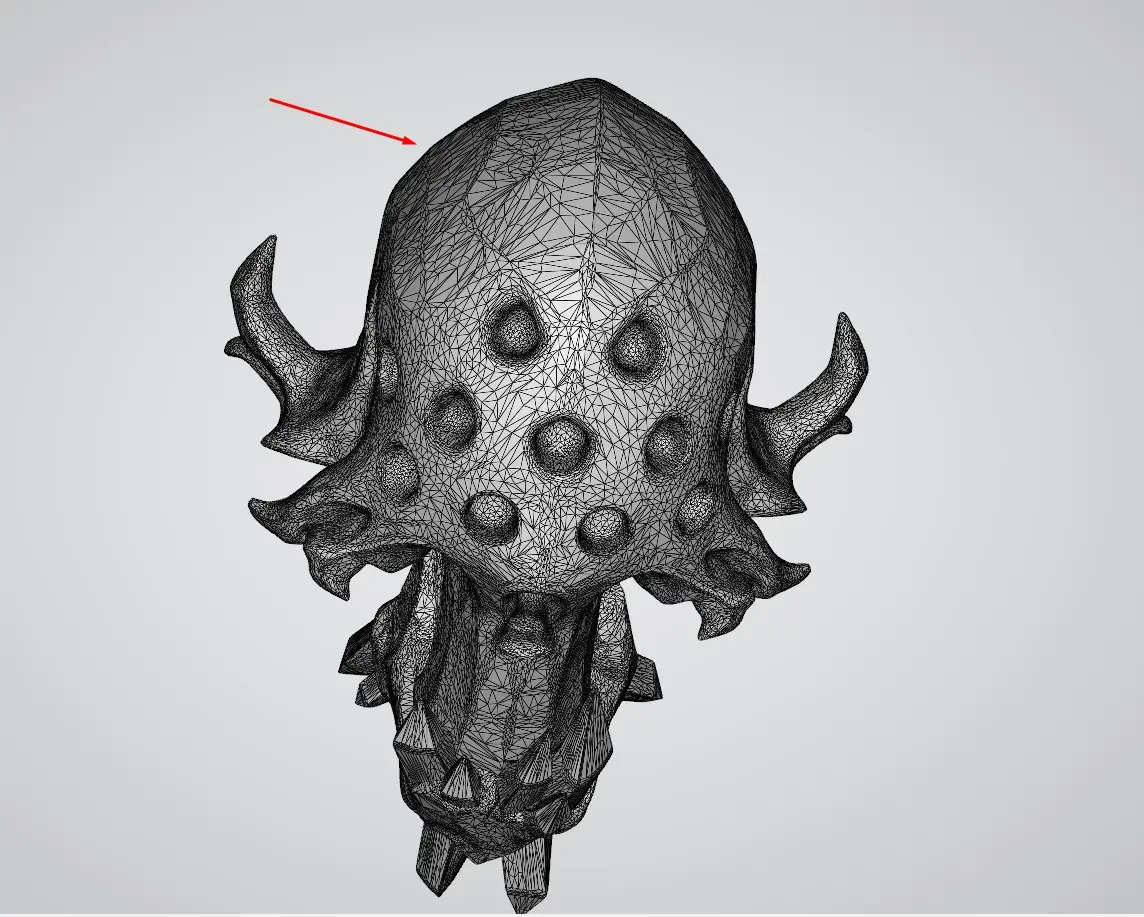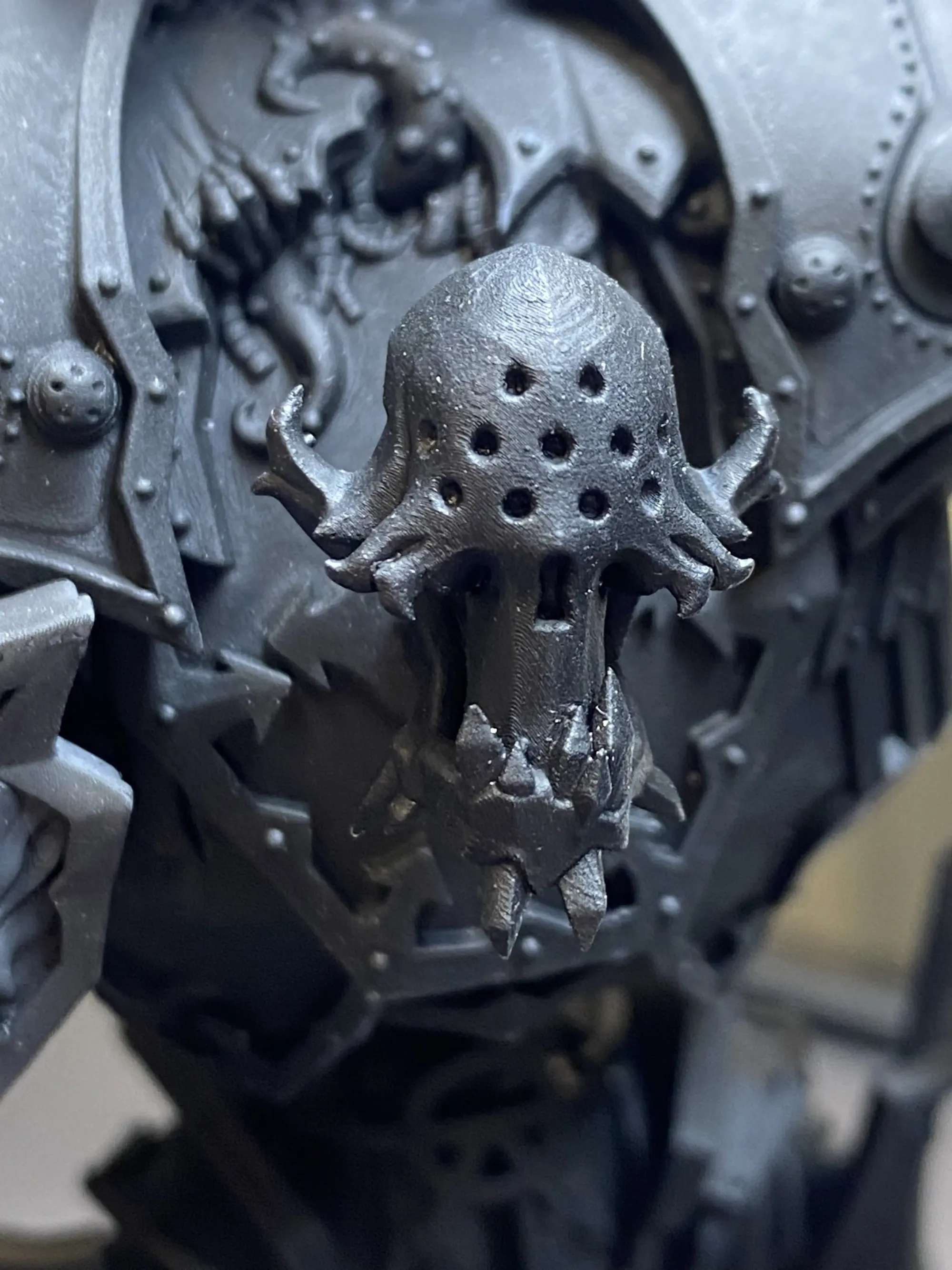The .STL (Standard Tessellation Language) file format is used in 3D printing industry. In a nutshell this format allows to display 3D surfaces and it's convertable to the printable format.
Is an STL File only Way to 3D Print?
No, there're other files formats that you can use in 3D printing. You could use .OBJ and .AMF as well but STL is the most used in this industry.
What Are the Benefits of Using STL Files?
- Every proffesional 3D program supports this extension which cannot be said about the other formats mentioned,
- size of the STL files're much smaller because they doesn't contain texture and others unnecessary things,
- you can open STL files with basic 3D programs.
Important settings when exporting STL files
It really depends on the program that you're using to export the file but remember to check scale size before exporting the file to print.
Polygons - good quality 3d print
Every model contain vertices they combine into edges and create polygons. 3 vertices make triangle, 4 polygon make quad, 5 and more polygons are called n-gones. On your models you should have triangle polygons or quads. N-gones could be problematic in some softwares.

How much polygons do you need to create good quality object?
It is worth mentioning that the amount of the polygons in some software might look like it's not enough. Items that may appear angular in the program will actually be smooth after printing on most home 3D printers.
Look at the example below.👇


Decimation
The process of decimation is reducing unnecessary amount of the polygons which the file consist of. After this process the files are smaller (even up to x-MB depends mostly of the scale). This option is easily available for free in Blender.
We're creating STL files mostly for tabletop games and what our customers would like us to.
Would you like to get a miniature created by our team? Contact us via mail: service@wildmesh.eu 📧 or via 3D model comission page.




